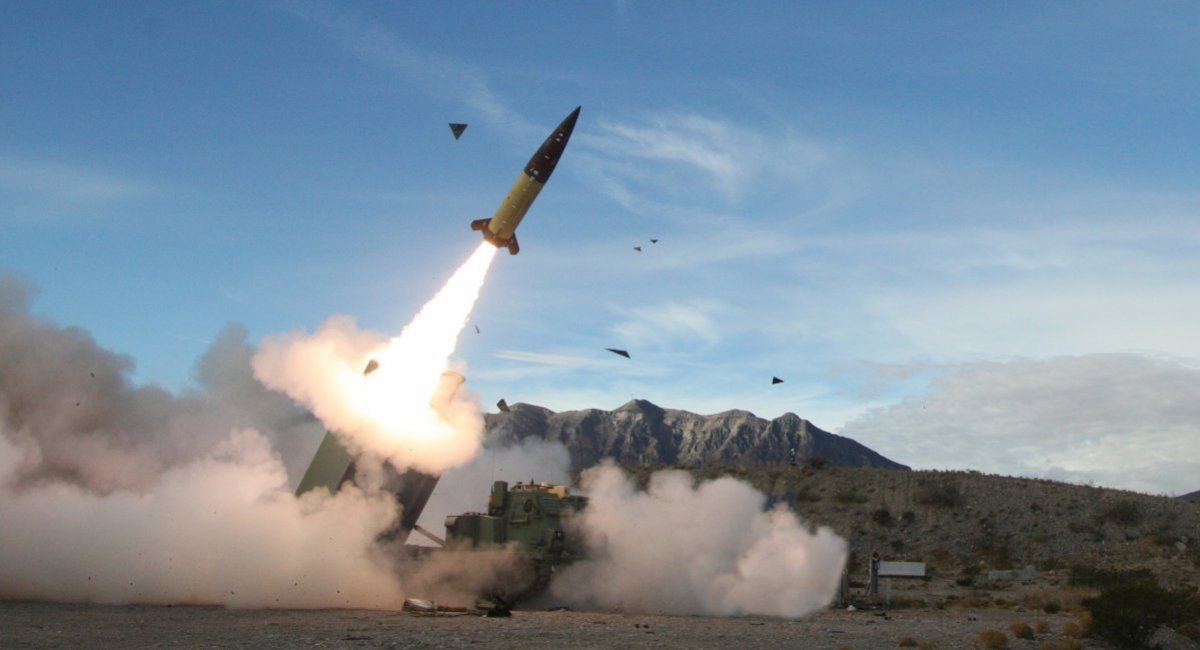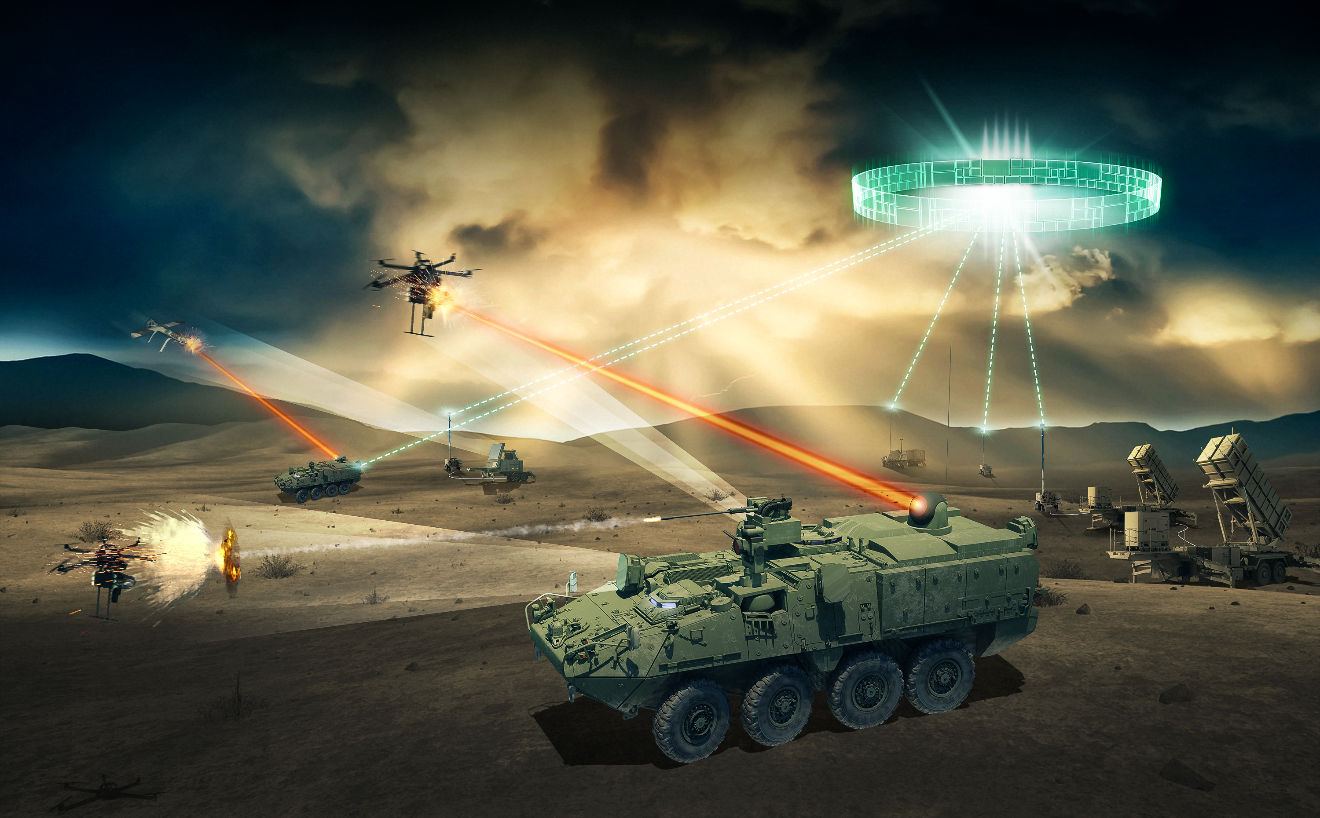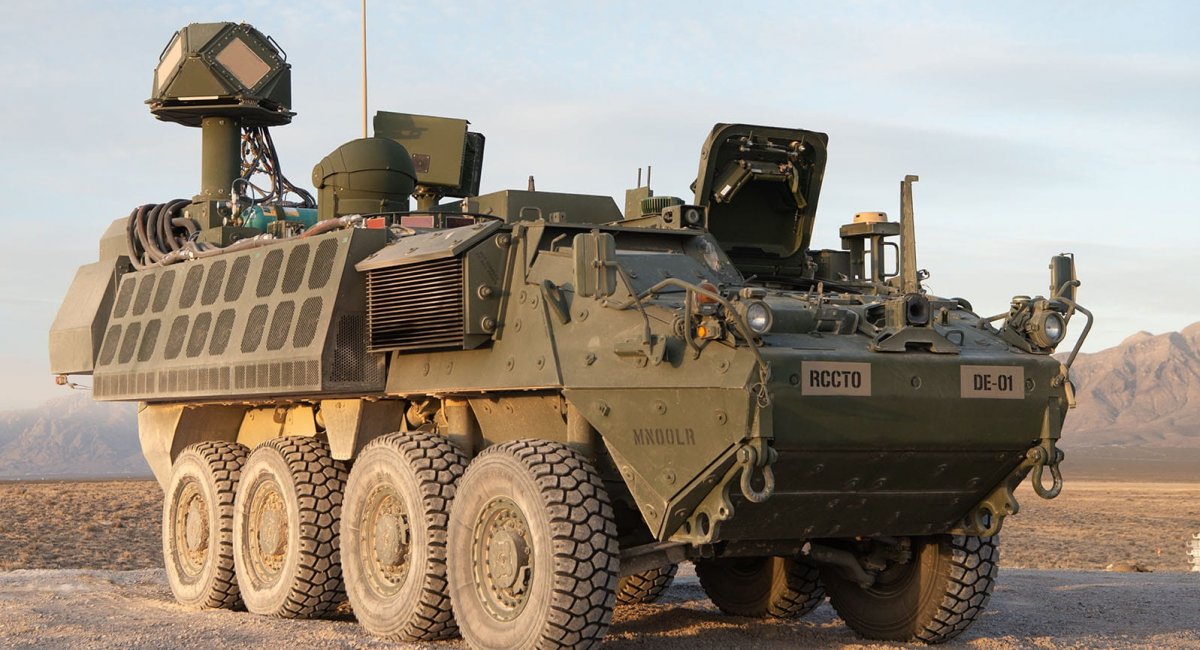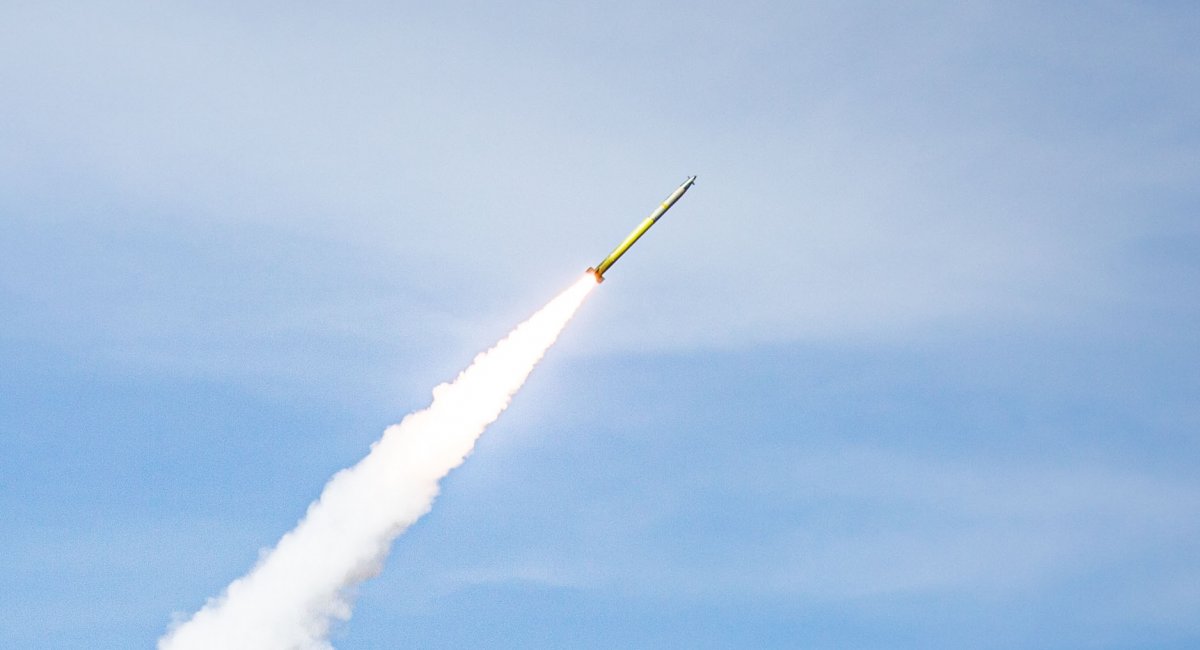
The war in Ukraine creates trends: five important things that should be in the arsenal of the modern army
Ukraine's confrontation with the Russian Federation demonstrates what weapons should be in the assets of a truly modern army
The war in Ukraine is shaping new defense trends – Popular Mechanics published a selection of five types of weapons that must be on the battlefield of the future, taking into account the experience of Ukraine’s war with the Russian Federation.
Guided rocket artillery
The HIMARS missile system has become a real ‘star’ of the war in Ukraine, which has already destroyed probably more than a hundred, if not more, facilities of the Russian army, including more than 50 warehouses with ammunition.
The Armed Forces of Ukraine effectively use HIMARS to destroy objects behind enemy lines. This missile system combines good mobility, high accuracy and speed of operation – it can quickly reach a firing position, launch six high-precision GMLRS missiles at a distance of 80 km and escape before the enemy realizes what is happening.
Laser as a means of protection
Historically, there has been little defense against artillery and aerial bombs – while in recent years countries such as the US and Israel have focused their attention on lasers as a means of protecting armies in the field.

Powered by a diesel generator, the laser has almost unlimited ammo and is capable of destroying multiple threats in minutes. After all, the criminal shelling of Ukrainian cities and other civilian objects by the Russian Federation demonstrates that lasers can also be used to protect non-military targets.

It is worth mentioning here that in May 2022, during tests in the USA, the DE M-SHORAD laser system was able to ‘detect, track, target and destroy several 60 mm mortar shells in flight.’ And the developer assures that in the future such a system will be able to shoot down not only mines, but also rockets and artillery shells.
Anti-radiation weapons
The war in Ukraine demonstrates that an anti-radar missile capable of targeting and then destroying enemy radars, communications trucks, jamming vehicles, etc., would be effective against an enemy that has a number of such systems in its arsenal.

The ability to effectively destroy such enemy objects allows you to better coordinate your own actions and, in turn, make the enemy ‘deaf and blind’. Here we can mention the following – recently Reznikov reported that the Armed Forces of Ukraine will receive new anti-radar missiles in the near future, which did not exist before – which Defense Express discussed in detail in a separate article.
Small combat drones
The war in Ukraine highlighted the importance of the presence of small stealthy drones with modern digital optics in the military, which provide an excellent overview of the battlefield and the ability to see where the enemy has placed its artillery or other equipment, etc.
The video above is a vivid example of the effectiveness of such drones on the battlefield – the UAV operator ‘found’ an enemy vehicle in a dense forest, thanks to which the artillery was able to hit it with a high-precision strike.
Satellite Internet
Ukrainian helicopters carrying out dangerous tasks in Mariupol delivered one important item to the military at Azovstal – the SpaceX Starlink satellite internet receiver, without which it would be impossible to maintain communication.
Today, the US military faces an Internet bandwidth problem, primarily because it routes as much secure military traffic as possible through as few satellites as possible, making the system vulnerable in wartime. At the same time, SpaceX has created a less secure but more stable network with thousands of relay satellites. And while Starlink isn’t secure enough to handle confidential military communications, it could inspire a military version in the future.

